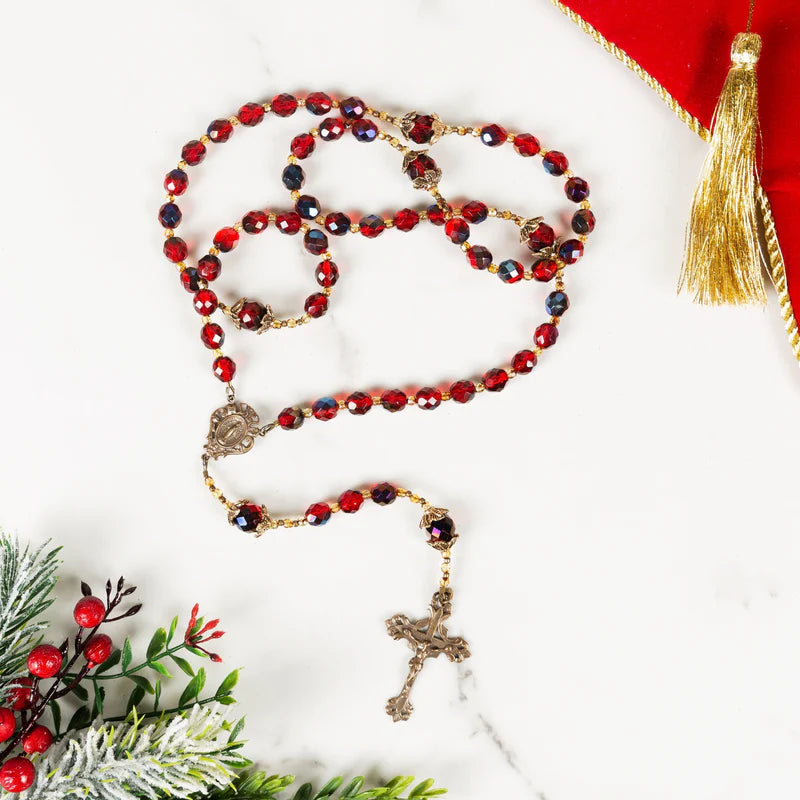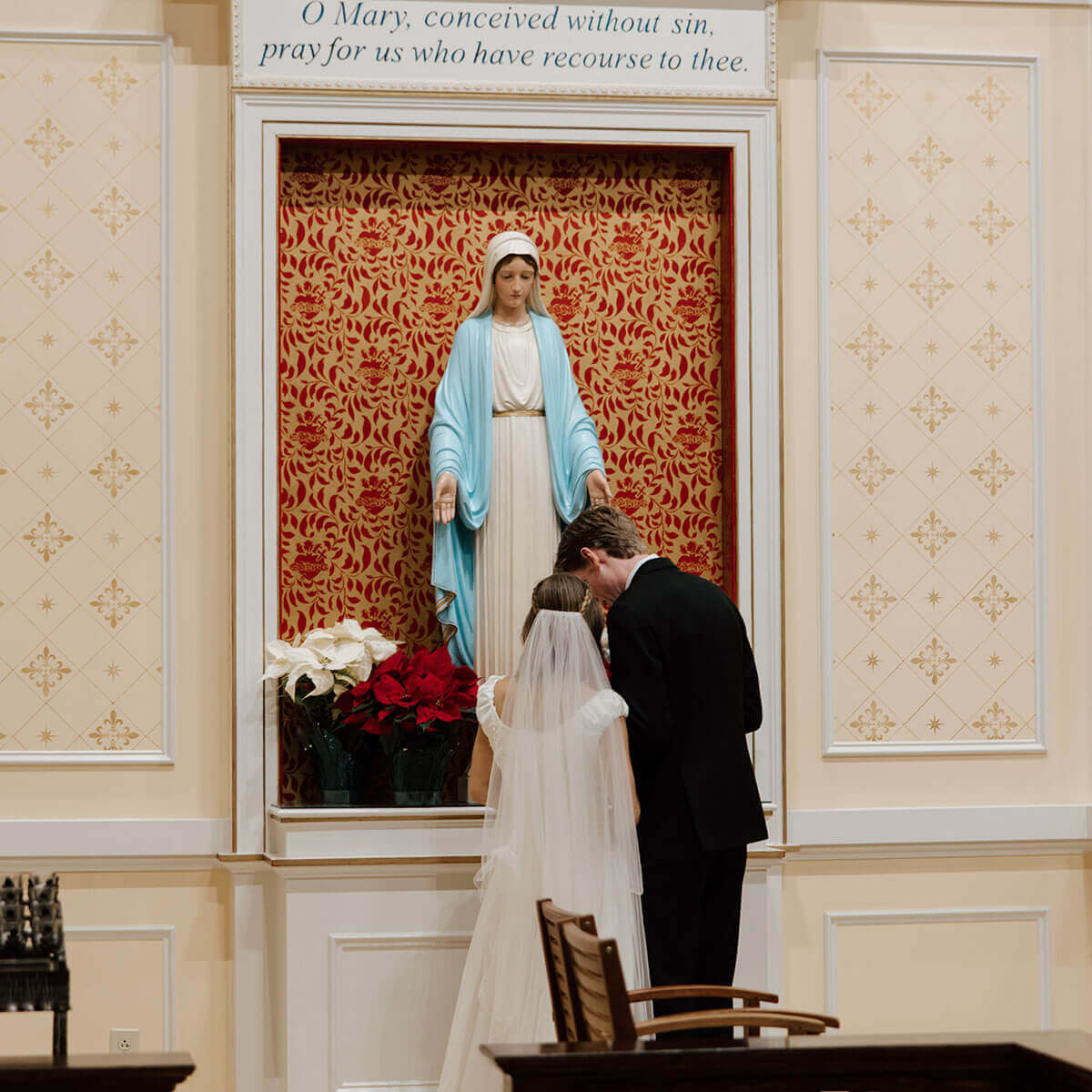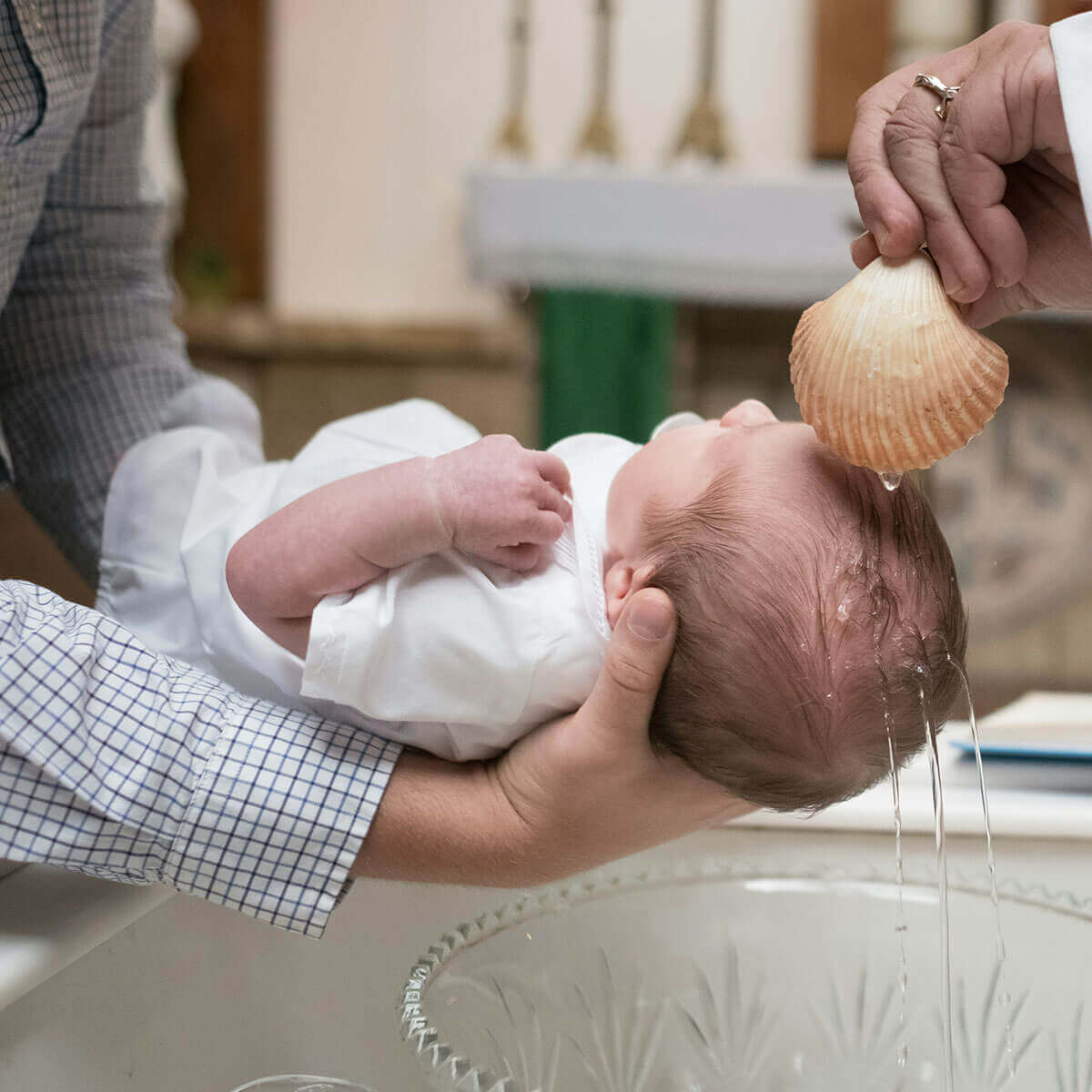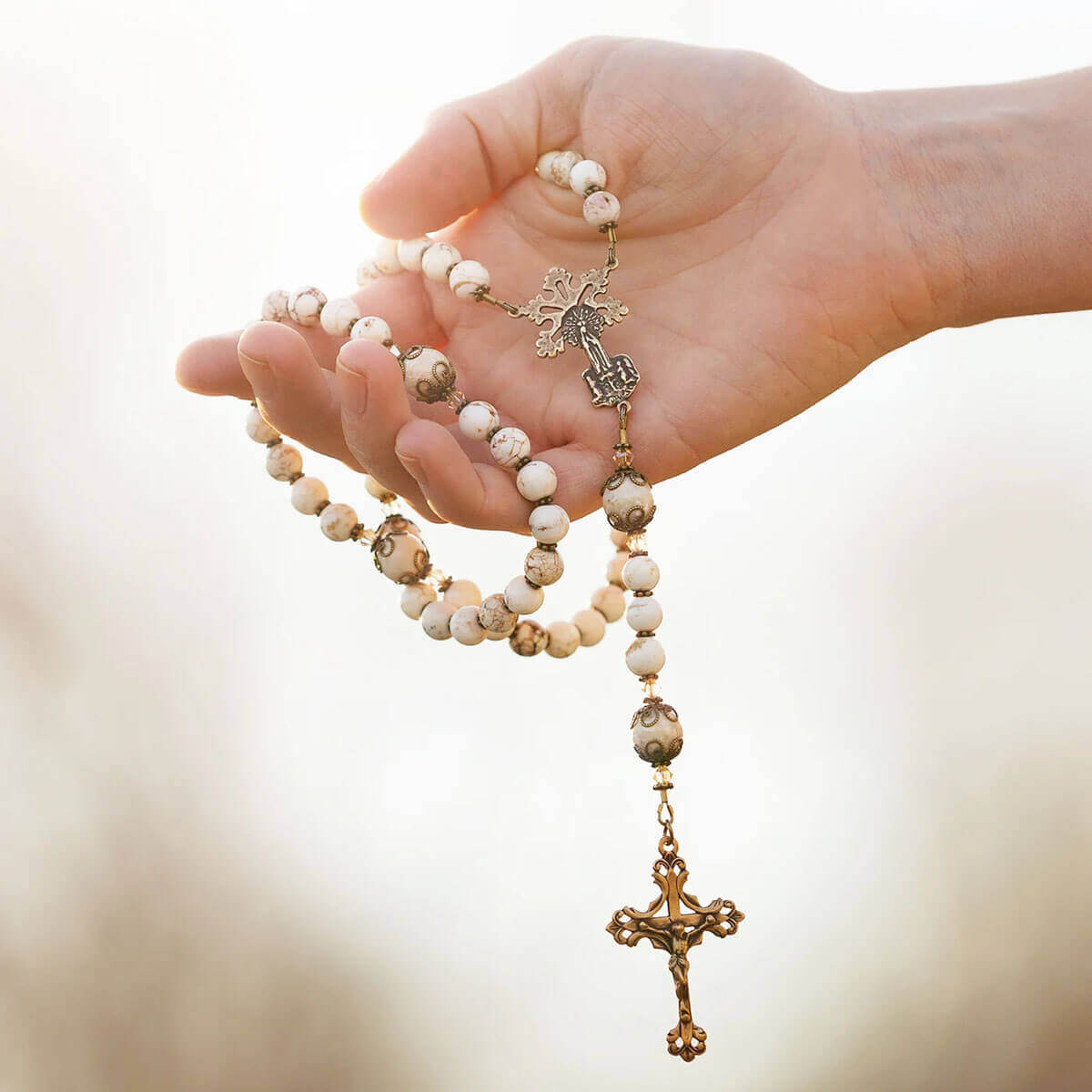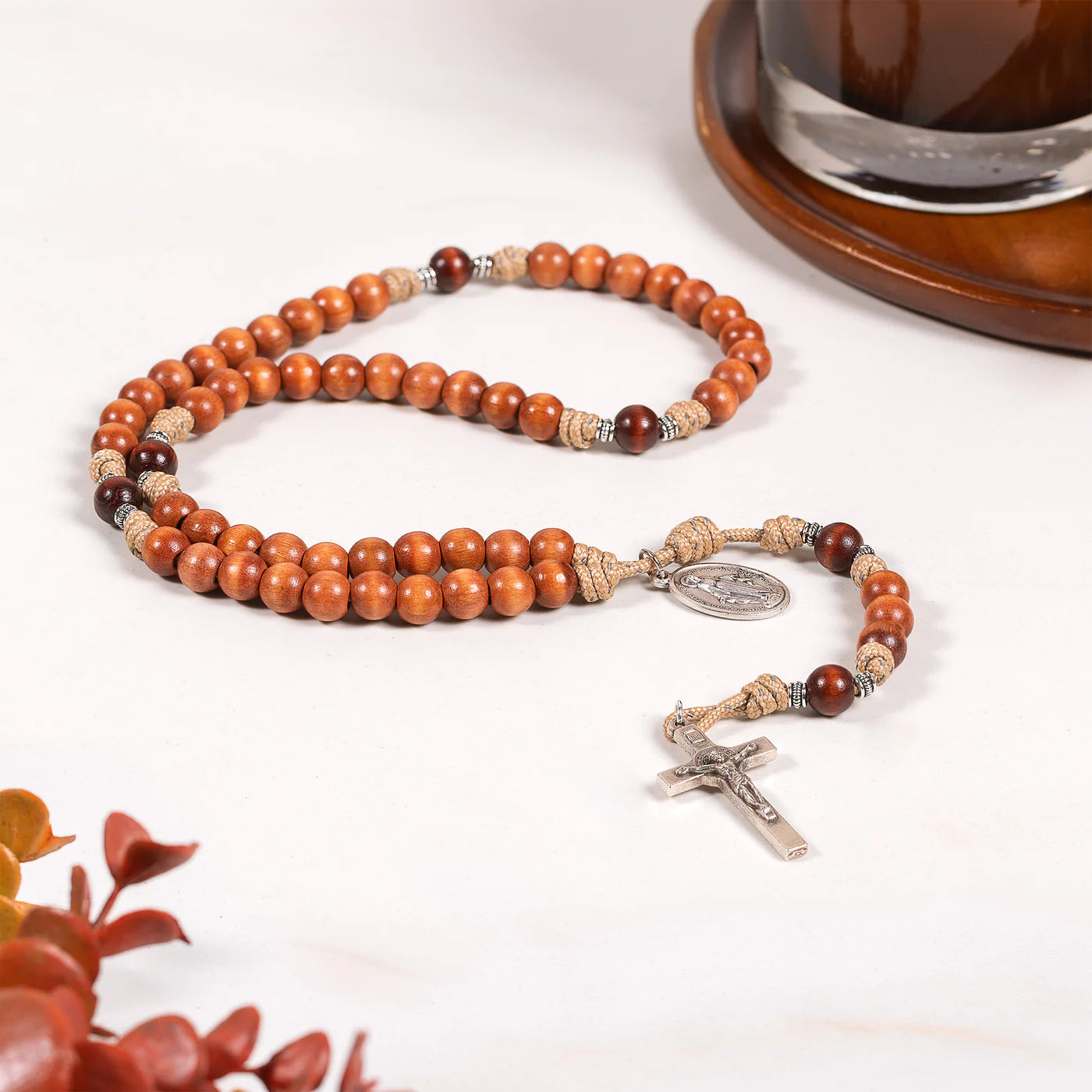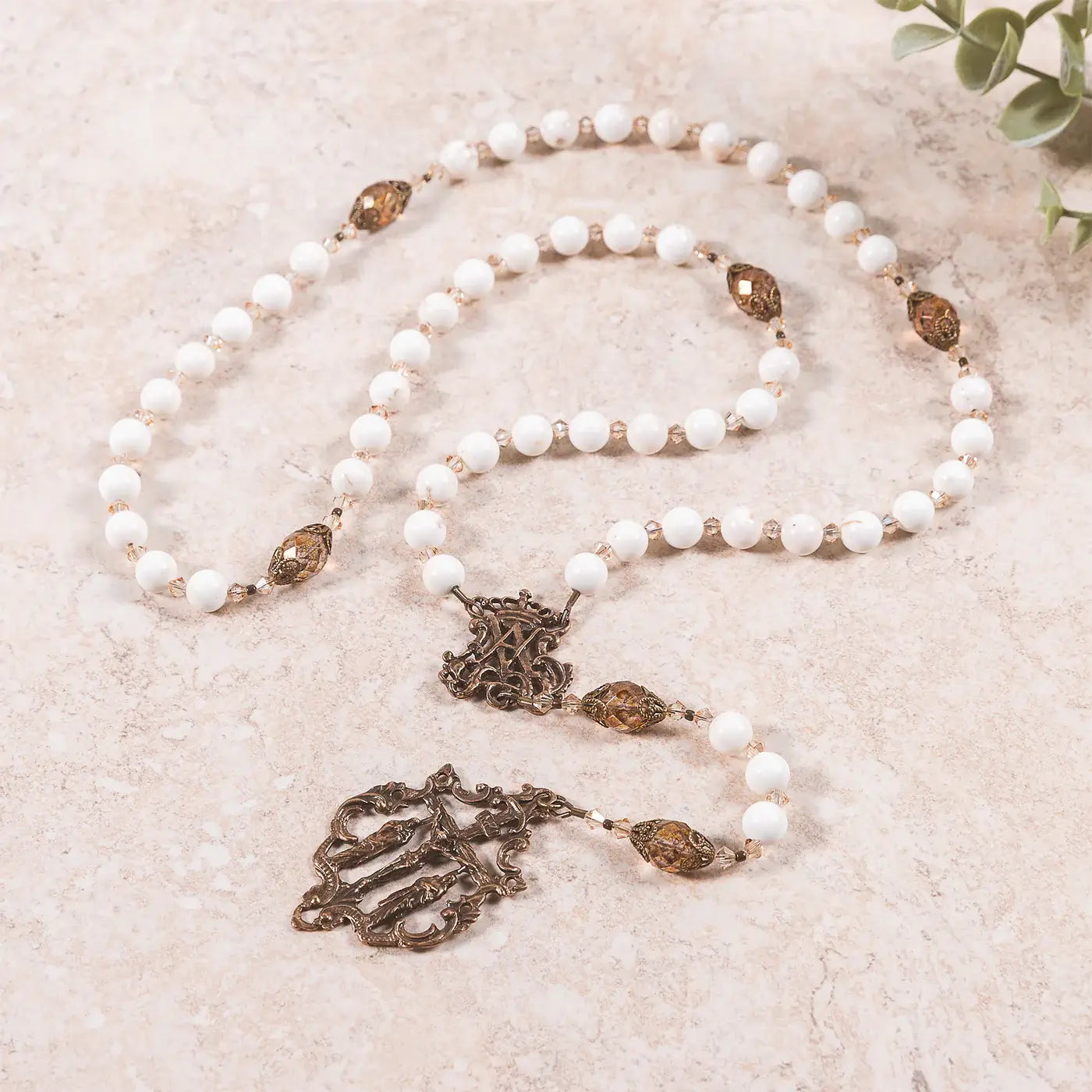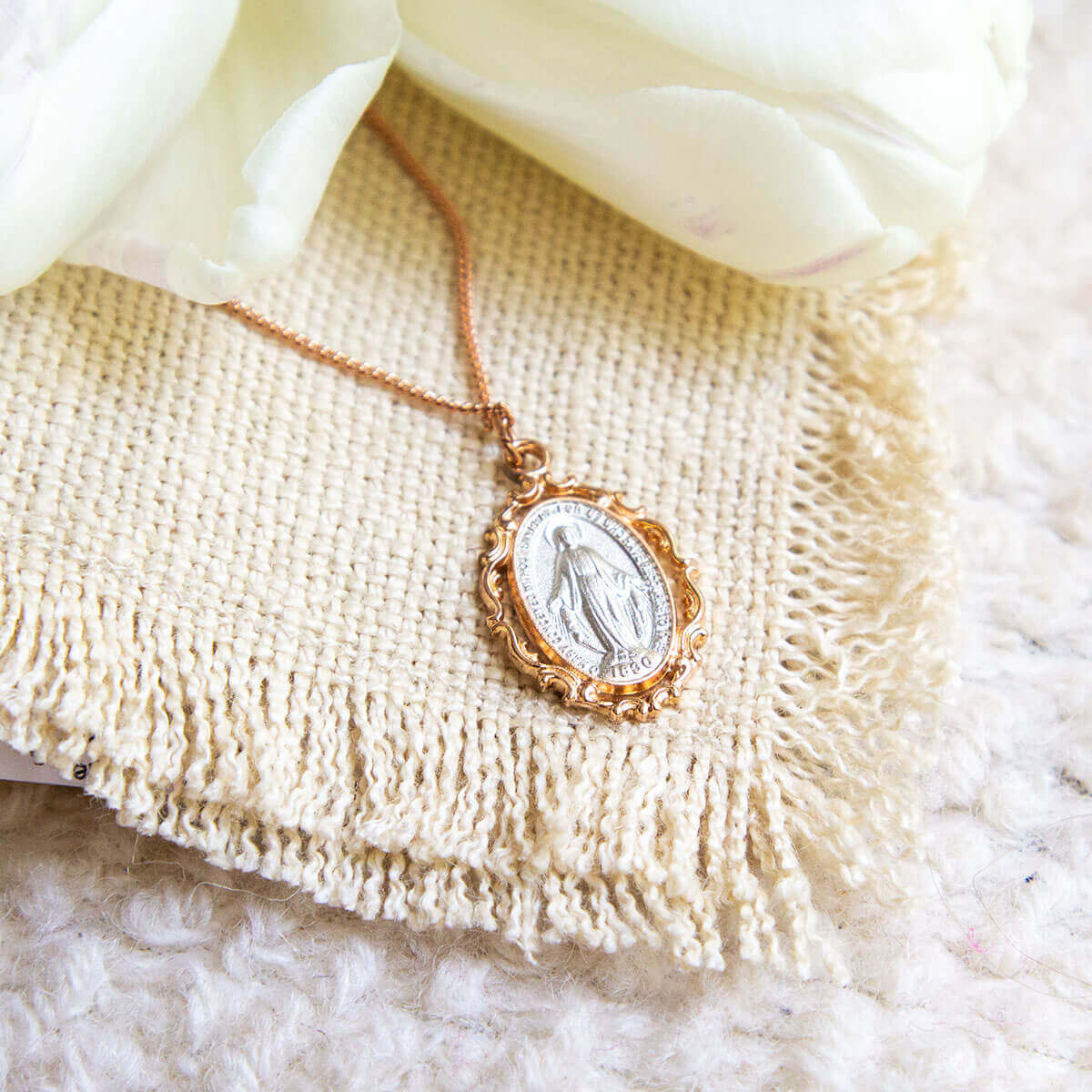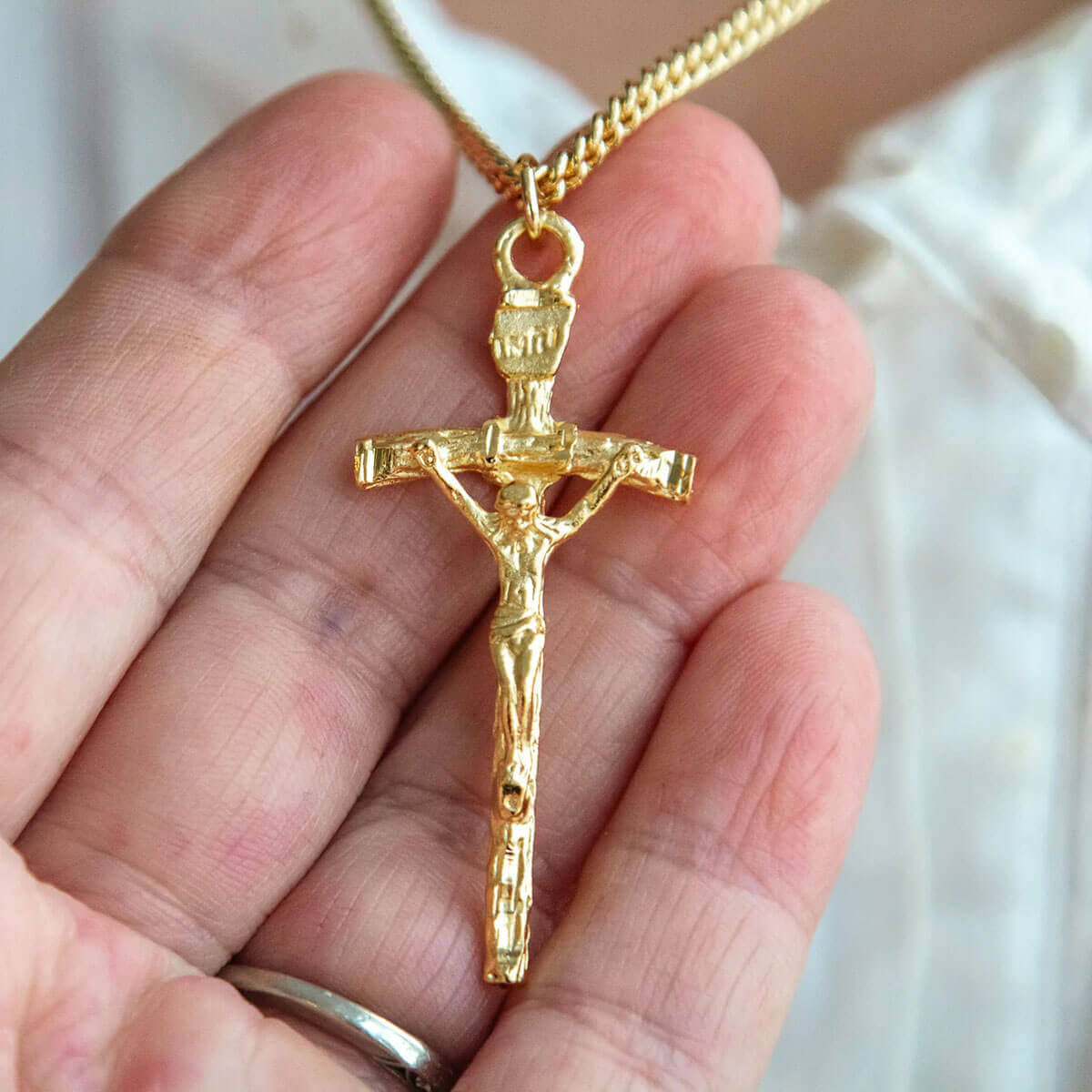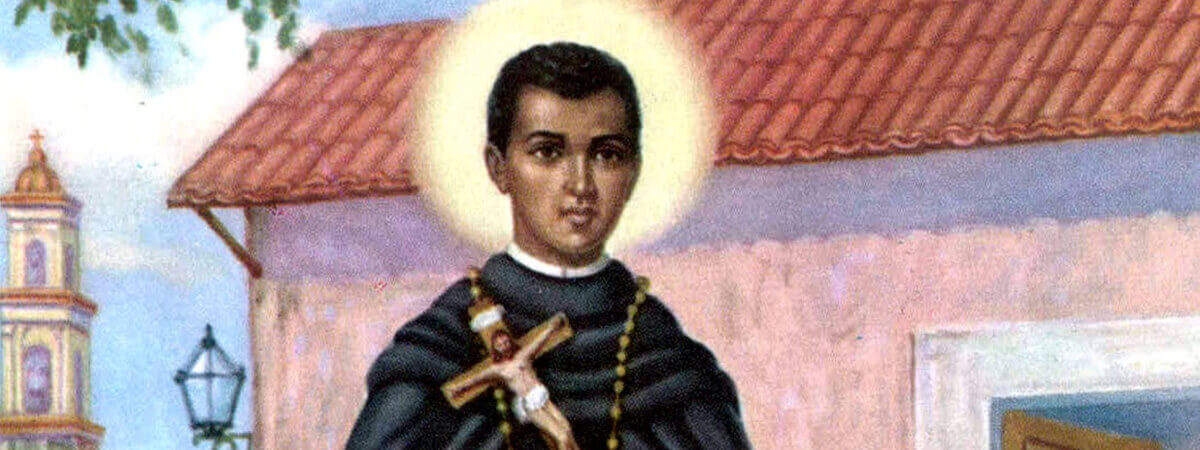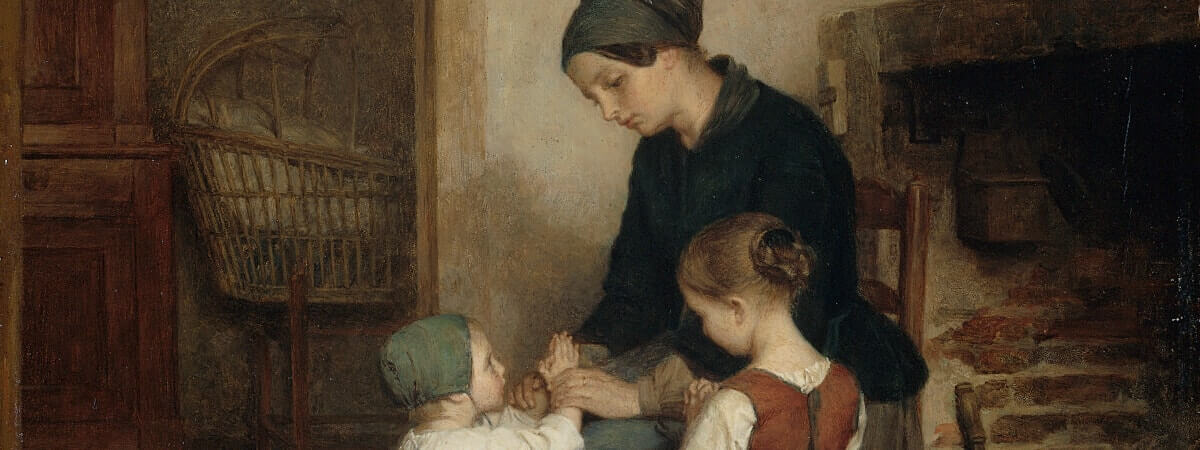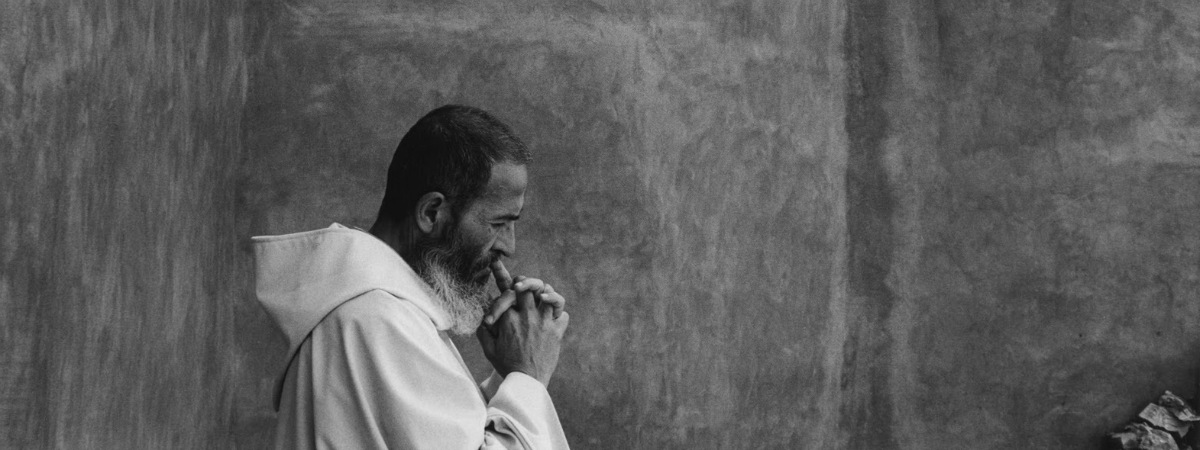St. Martin de Porres was the first black saint of the Americas.
He was born on December 9, 1579 in Lima, Peru, to Ana Velázquez—a young freed slave of Native Indian descent—and Don Juan de Porres of Burgos, a Spanish nobleman. His parents never actually married and when Martin was very young, he and his mother and younger sister were left to live in deep poverty.
As the man in the house, Martin was tasked with earning a living for his family, having spent just two years in primary school. His mother apprenticed Martin to a barber-surgeon where he learned to cut hair, tend to wounds, and administer medicine.
As he grew up, Martin experienced a great deal of ridicule for being of mixed-race. He turned to his faith in God to sustain him and began to show great piety, developing a great devotion to the Blessed Mother.
There was an unjust law in Peru at the time that prevented persons of African or Indian descent from becoming full members of religious orders. Martin, who spent long hours in prayer, asked the Prior of the Dominicans of the Holy Rosary in Lima to accept him as a volunteer to perform menial tasks in the monastery. He was accepted in this role and, in return, was allowed to wear the habit and live within the religious community.

Although only in his teens at the time, he was known as “the saint of the broom” for his diligence with any task he was given—whether sweeping, working in the kitchen, or doing laundry. He quickly became known as a man of compassion and developed strong friendships with the other brothers.
St. Martin de Porres' Love For the Poor
Martin was eventually moved up to become the church officer in charge of distributing money to deserving poor. In this role he developed an even greater love for the poor. In addition, he also returned to the skills of barbering and healing that he had learned when he was very young.
After eight more years with the Dominicans of the Holy Rosary, Martin was granted the privilege to take his vows as a member of the Third Order of Saint Dominic by the Prior, Juan de Lorenzana, who decided to disregard the law restricting Martin based on his race. So Martin became a Dominican lay brother in 1603 at the age of twenty-four.
Unfortunately, some of the members in that religious community weren’t just men as Lorenzana was; Martin was called names and mocked, both for being an illegitimate (born out of wedlock) child and for his race. He did not permit condescension or racism to embitter him. Instead, he was strong in patience and charity.
Ten years after he received the holy habit, Martin was assigned to the infirmary, where he remained in charge until his death. It was in this role that he became known for the virtues needed to carefully and patiently care for the sick—even in the most difficult situations.

His unconditional love for all people—regardless of race or wealth—earned Martin praise and recognition from outside the religious community. He took care of everyone, from the Spanish nobles to the African slaves. Whether a person “was diseased or was covered in filth” made no difference to Martin. He proved his great love for God in caring for them.
It is said he had many extraordinary abilities, such as—according to Franciscan Media—"ecstasies that lifted him into the air, light filling the room where he prayed, bi-location, miraculous knowledge, instantaneous cures, and a remarkable rapport with animals. His charity extended to beasts of the field and even to the vermin of the kitchen. He would excuse the raids of mice and rats on the grounds that they were underfed; he kept stray cats and dogs at his sister’s house."

Martin founded an orphanage for abandoned children and slaves and was known for collecting dowries for poor girls so that they could marry or enter a convent.
The Charitable Saint
Martin was always concerned with helping those who were ill or displaced, no matter what it took.
During an epidemic in Lima, around sixty of the friars in the Convent of the Rosary became ill. The novices were in a distant section of the convent, separated from the professed. However, on more than one occasion, Martin passed through the locked doors to care for the sick. Even the sick who were professed would see him suddenly at their bedside, without the door having opened.
Due to Martin's sanctity and godliness, many of his fellow religious took him as their spiritual director. Martin was friends with both St. Juan Macías, a fellow Dominican lay brother, and St. Rose of Lima, a lay Dominican.
In January of 1639, when Martin was sixty years old, he became ill with chills, fever, and tremors that caused him agonizing pain. After nearly a year of this illness, he died on November 3, 1639.
By the time of his death, he was widely known and beloved. People all over Lima knew Martin for his great faith and his care for the sick and the poor. After his death, many miracles occurred when his name was invoked. Because of this, his body was exhumed twenty-five years later, whereupon a “splendid fragrance” was emitted. To the surprise of those who exhumed the body, it was found to be still intact.
St. Martin de Porres Velázquez O.P. was beatified by Pope Gregory XVI on October 29, 1837, and canonized by Pope John XXIII on May 6, 1962. He is one of the most beloved black saints in the world. His legacy has impacted many.
Martin de Porres—the “Saint of Charity”— is the patron saint of people of mixed-race, barbers, innkeepers, public health workers, and all those who seek racial harmony. His feast day is November 3rd.
St. Martin de Porres, pray for us!
Further Reading: St. Josephine Bakhita: From Slavery to Sanctity



